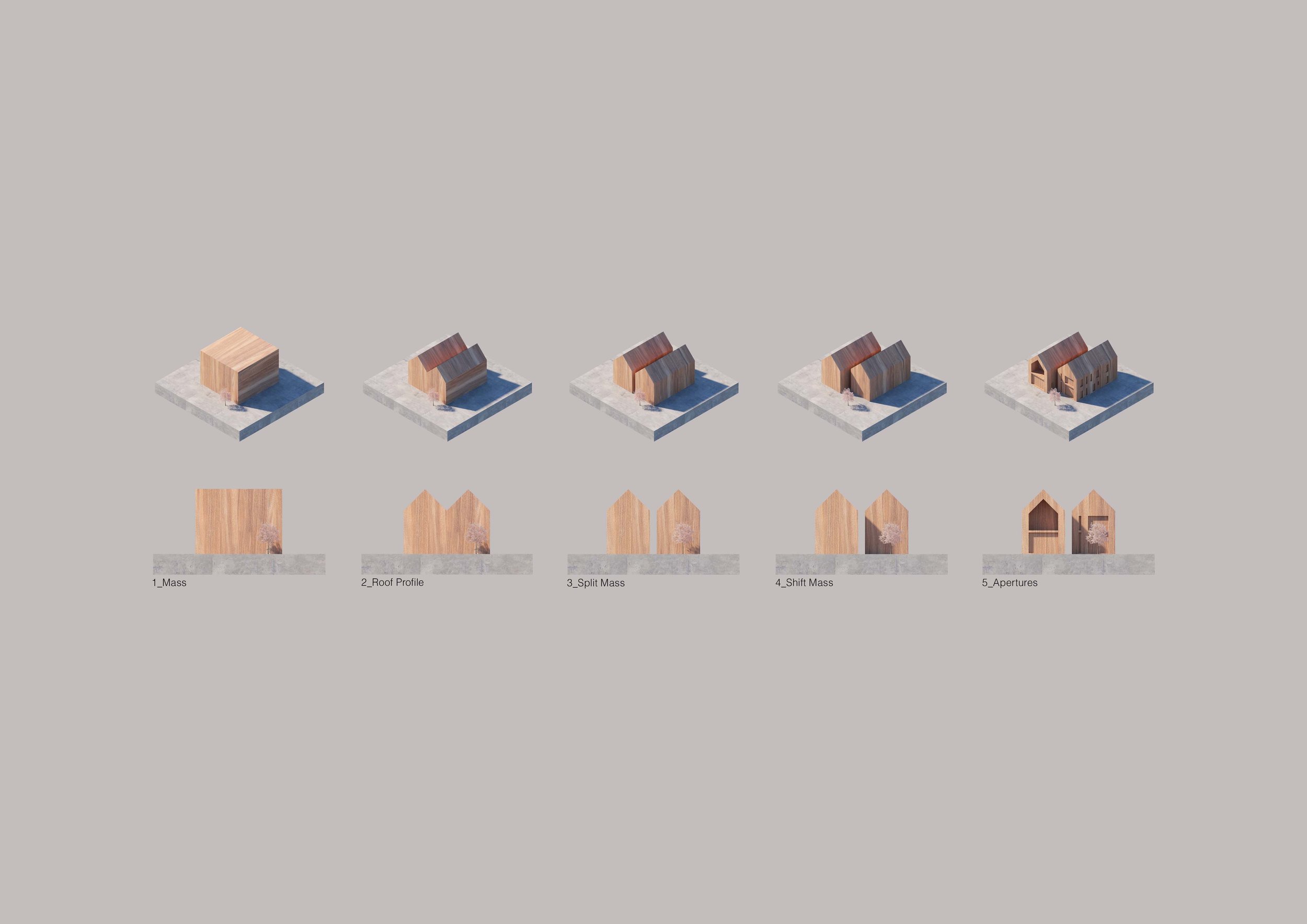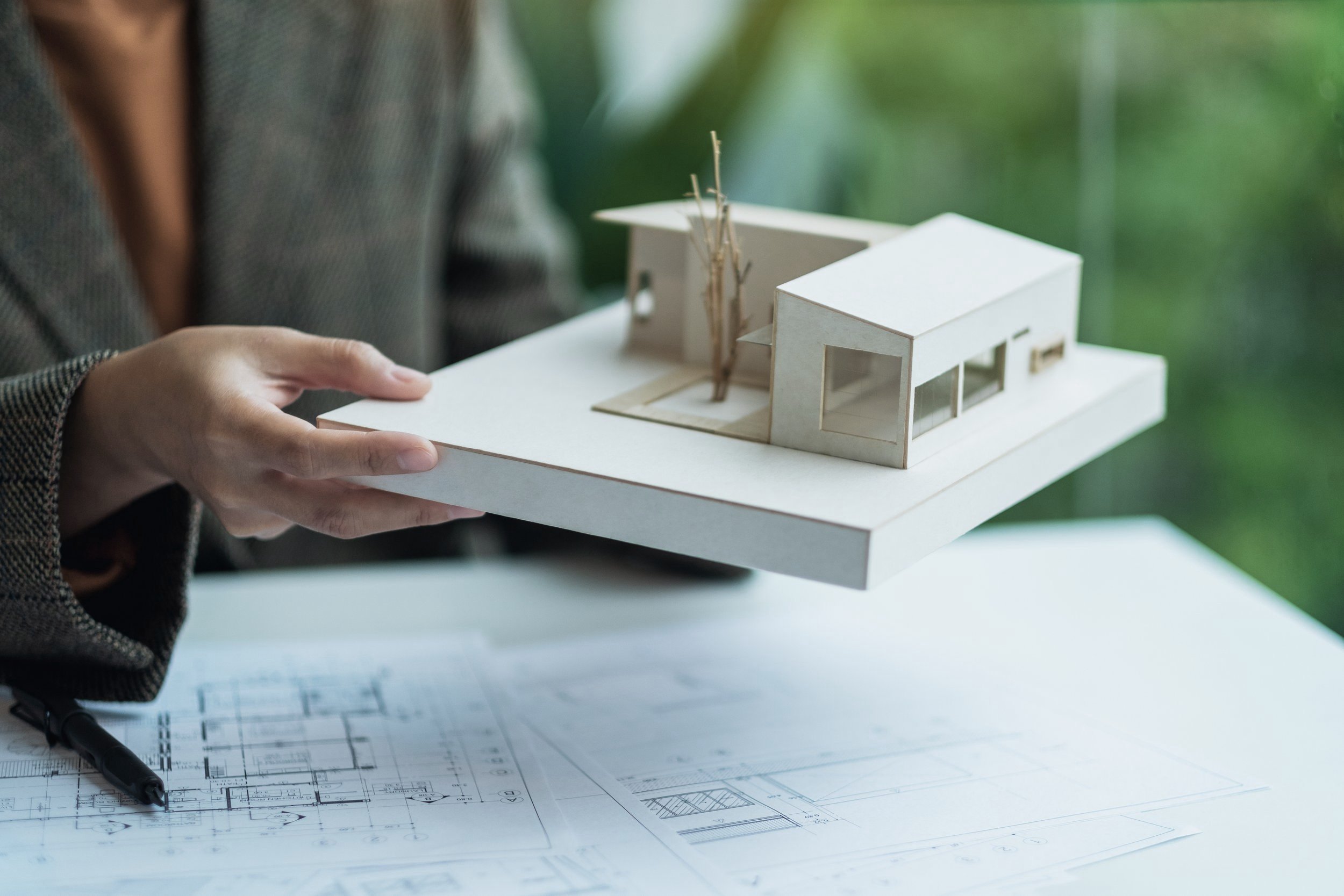
Our Services
BRIEF
Complex commercial projects will start at RIBA Stage 0, asking fundamental questions such as: is starting an architectural project the correct solution? Is an architectural project going to give us what we need? The answer could be no. Game over!
Anticipating that you do in fact require an architectural intervention, Preparation and Brief (RIBA Stage 1) is where the majority of architectural projects should begin. RIBA Stage 1 sets the foundations for all that is to come. This includes the future RIBA work stages and critically…the construction phase.
Clients can appoint Unity Architects for only the work stages they require. This may just be one work stage, such as concept design. However, when considering the life journey of a project, the importance of a solid project platform cannot be understated, and this is rooted in RIBA Stage 1.
“…The RIBA Stage 1 comparison diagram shows two different approaches clients make to this stage. No project is pain free and there will always be unforeseeables, but engagement with Stage 1 aids a linear path through subsequent stages and presents a better trajectory for construction…”
-
RIBA Stage 1 tasks which may be applicable to your project:
-Project Brief
-Project Budget
-Site Information
-Project Programme
-Procurement Strategy
-Responsibility Matrix
-Contractual Tree
-Project Roles
CONCEPT
Concept design (RIBA Stage 2) is all about creating, testing, iterating and proving an architectural vision. There is rarely a single solution, therefore design development will explore numerous options, allowing you to identify the proposal that is best suited to your needs.
During concept design we interrogate your requirements and apply a rigorous design approach to deliver meaningful and viable architectural solutions that have embedded value.
“…Architects introduce unparalleled qualities via their creative skills during the concept design stage. A successful concept design is invaluable…”
-
Design investigations need to explore the multifaceted depths of architecture. This includes inside and outside. Functional aspects balanced with poetics of space. Performance of materials considered against aesthetics.
Our concept design services provide the basis for the exploration and realisation of architecture. The design outcomes are accurately aligned to the needs of the client and responsive to the contextual environment.
By the end of concept design, the client will understand the design journey and the reasoning for the designed outcomes.
Our ambition is for you to be thrilled with your custom concept design.
PLANNING
Many clients see the granting of planning permission (RIBA Stage 3) as a key milestone in a development project. However, ‘getting us planning permission’ is not an isolated design task. A lot of hard work comes before this.
A successful planning application is a continuation of the concept design, where strong fundamental design decisions have been established and developed further for the benefit of a planning submission.
“…Receipt of planning permission is an exciting moment. Not only does this give your development the green light to be constructed, there is a strong chance your asset has already increased in value as consequence of the consent…”
-
It is a misconception that an architect can ‘get you planning.’ However, an architect can work closely with the client, other appointed project team members and the local authority development control department, to explore the most favourable development options available. This will involve balancing the client’s requirements with national and local planning policy.
Unity Architects has experience with the following types of application:-Permitted development
-Homeowner
-Full-Planning
-Reserved Matters
-Discharge of Conditions
-Conservation Projects
-Listed Buildings
TECHNICAL
Technical design (RIBA Stage 4) proceeds on the basis planning consent has been obtained. The design vision is bound by such planning consent and therefore the technical design advances the positive foundations already in place from the previous work stages.
A fundamental focus during technical design will be to obtain compliance with the current Building Regulations and the Approved Documents provide guidance and methodologies of how the regulations may be met.
“…the structural engineer’s proposal will be integrated with the architectural vision in a harmonious way during this stage. We use the NBS platform to write our building specifications, to ensure our clients benefit from the latest and most accurate standards…”
-
It is likely additional project team members will be required during the technical design stage, not least, the involvement of a structural engineer.
Unity Architects has experience when it comes to collaborating with other consultants, ensuring the technical proposals are fully integrated and respectful of the original concept design and planning requirements.
INTERIOR DESIGN
The journey and narrative of architecture is simultaneously internal and external. Architecture as an object can be appealing to the eye but it is the spaces and internal conditions of buildings that are more impactful to the human body.
We consider the movements you make, spatial adjacencies, visual links, quality of natural daylight penetration, air conditions and thermal comfort. These aspects are inseparably linked to the complete experience of architecture.
In some instances, we have saved our clients from the need to create additional development, by effectively critiquing and improving existing conditions. Space planning combined with a new material palette and fixtures/fittings is an efficient strategy when it comes to repurposing existing buildings.
PHYSICAL MODELLING
Arguably the ultimate method of exploring architecture. An extremely beneficial tool as part of any design exploration. Our physical modelling abilities are particularly beneficial at the urban scale, whereby critiquing the contextual reference and impactive nature of any new development is essential to understanding its success.
Whilst physical models are renowned for supporting the creation of place-making at the urban scale, intricacies and scaled details are able to be explored for even the smallest of projects. Physical models are equally beneficial for our clients, complimentary design team members and planners, in being able to appraise a development proposal, whereby the plan arrangement, elevation, scale and mass are able to be simultaneously assessed, unlike any other architectural method, including virtual reality.
VISUALISATION
We use the latest rendering software to generate immersive digital environments. Computer generated images (CGI’s) offer a continuation of more traditional design exploration methods such as hand-sketches, plan, section and elevation drawings.
CGI’s can test and validate concepts and design proposals prior to construction. In doing so, it allows our clients, design team members, planners and future end-users to appreciate the qualities of the spaces, places and buildings we design.







